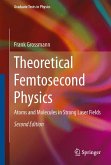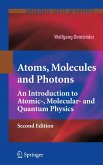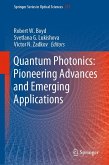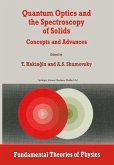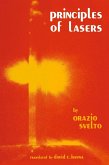Dieser Download kann aus rechtlichen Gründen nur mit Rechnungsadresse in A, B, BG, CY, CZ, D, DK, EW, E, FIN, F, GR, HR, H, IRL, I, LT, L, LR, M, NL, PL, P, R, S, SLO, SK ausgeliefert werden.
"It deals with the basics of femtosecond physics and goes ... with new phenomena and applications. ... the book presents an introduction to laser physics with mode-locking and pulsed laser operation. ... the solution of the time-dependent Schrödinger equation is discussed both analytically and numerically. ... In conclusion, it is a strong book in which the table of contents for this modern research field has been selected very carefully and the topics are treated adequately." (Wim Joosen, Belgian Physical Society Magazine, Issue 2, June, 2009)
"Theoretical Femtosecond Physics: Atoms and Molecules in Strong Laser Fields fills an important need for a thorough introduction of the theory behind the high-field laser physics phenomena on which this emerging research field is based. ... I highly recommend Grossmann's book to anyone interested in entering this rapidly developing field." (Franz X. Kärtner, Physics Today, November, 2009)




